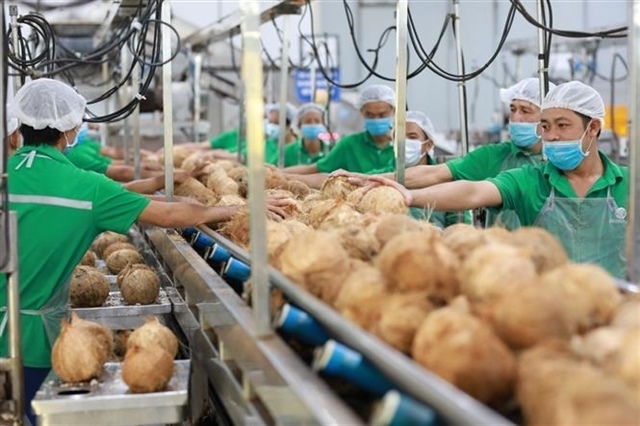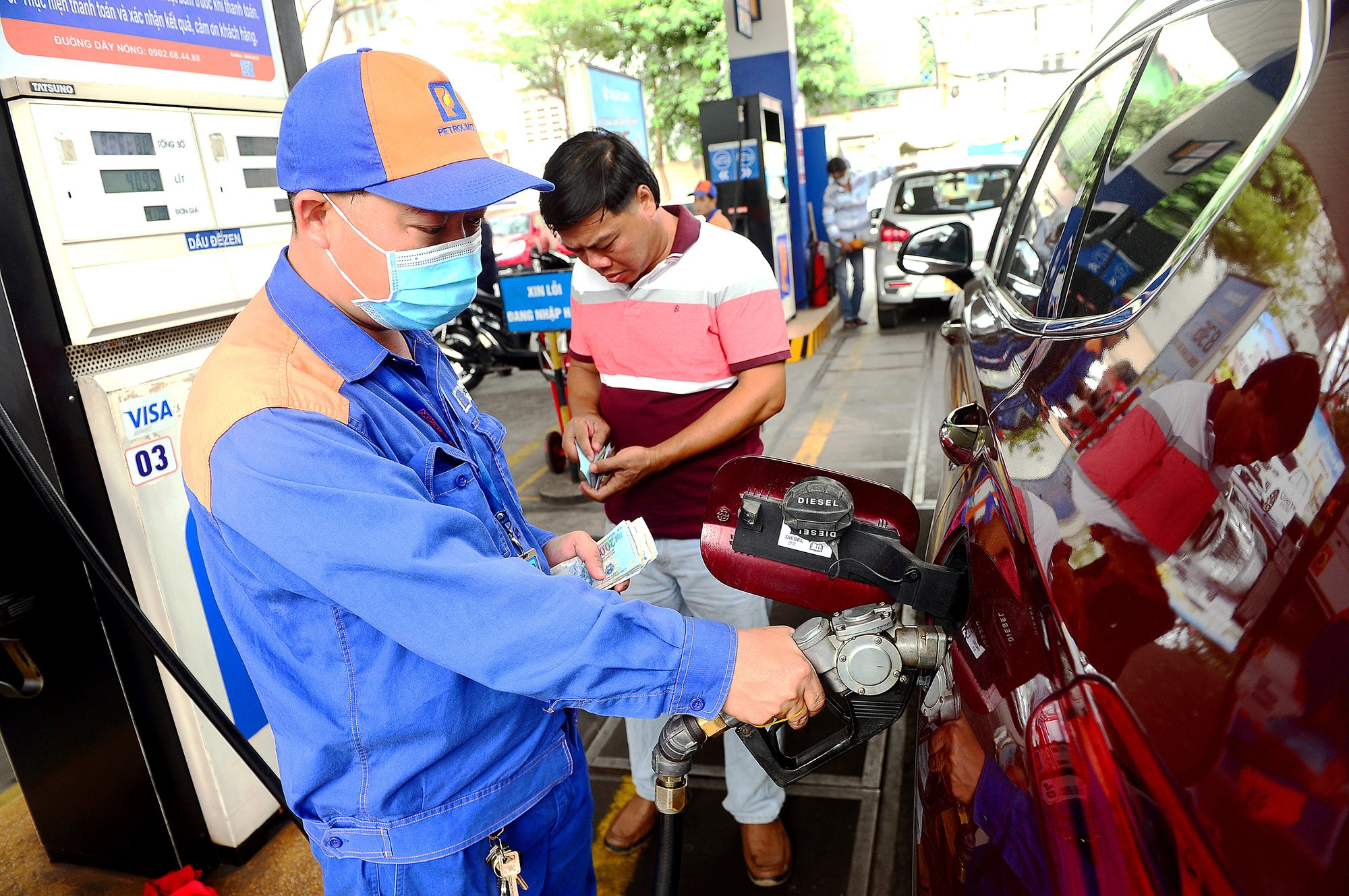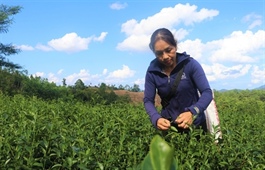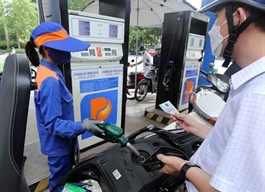Việt Nam needs to promote pepper brand in CPTPP market
Việt Nam needs to promote pepper brand in CPTPP market
The CPTPP agreement opens doors for Việt Nam's pepper, so the sector needs to focus on branding to expand market shares in this bloc, according to the Việt Nam Pepper and Spice Association (VPSA).

Việt Nam's pepper exports in September were estimated at 19,000 tonnes, down 5.6 per cent compared to August. — VNA/VNS Photo Hoài Thu |
Hoàng Thị Liên, VPSA chairwoman, said that Vietnamese pepper is now one of the key export products to the Comprehensive and Progressive Agreement for Trans-Pacific Partnership (CPTPP) market.
However, the quantity of pepper exported from Việt Nam to some countries in this bloc is still low, such as Australia, Japan, and New Zealand. These markets have high consumer demand for pepper and also have very strict requirements for imports.
Canada imports pepper directly from Việt Nam, but in modest quantities.
Meanwhile, Vietnamese pepper has advantages in Australia and New Zealand.
Therefore, Việt Nam's pepper industry is striving to build a brand for pepper products to enter the world market, including the CPTPP market, according to Liên.
To build the brand, exporters and processors need to work directly with farmers in raw material growing areas, so they can manage production from the first step and ensure requirements on quality are met. Quality, sustainability, and traceability are necessary conditions, Liên said.
Customers are often willing to become long-term partners with Việt Nam's pepper and spice suppliers if they see that producers, processors, and exporters have formed a linkage. This makes the supply chain sustainable, she said.
Now, a common trend among buyers worldwide is to trace goods from the beginning of the production stage, especially large traders.
Sustainability and branding will have to be associated with proactive sourcing of goods. Thus, businesses must cooperate with farmers who will be sustainable partners in the supply chain of export commodities, including pepper.
In addition, raw pepper accounts for 80 per cent of the pepper exports at present. So, the association is also encouraging member companies, especially businesses with the capability to invest in technology, to promote deep processing, Liên said.
However, the industry needs to have a market for products with deep processing, because deeply processed goods often meet the demands of specific buyers, not the demand of the entire market.
Developed markets such as the EU, Australia, Japan, New Zealand, and the United States have almost the same market requirements. There are only a few minor differences. So, when pepper enters these markets, it means this commodity is also entering the high-end market, Liên said.
According to the General Statistics Office, Việt Nam's pepper exports in September were estimated at 19,000 tonnes, down 5.6 per cent compared to August, but up 37.6 per cent over the same period last year.
Turnover from exported pepper reached US$70 million, down 7.6 per cent compared to August, but up 22.7 per cent over the same period last year.
In the first nine months of 2023, Việt Nam's pepper exports reached 207,000 tonnes, an increase of 18.7 per cent over the same period in 2022. However, the total turnover reached $685 million, down 11.1 per cent.
China was Việt Nam's largest pepper export market in the first eight months of this year, with a volume of 53,792 tonnes, a year-on-year increase of 5.5 times; followed by the US with 33,589 tonnes, a year-on-year reduction of 10.6 per cent.




























